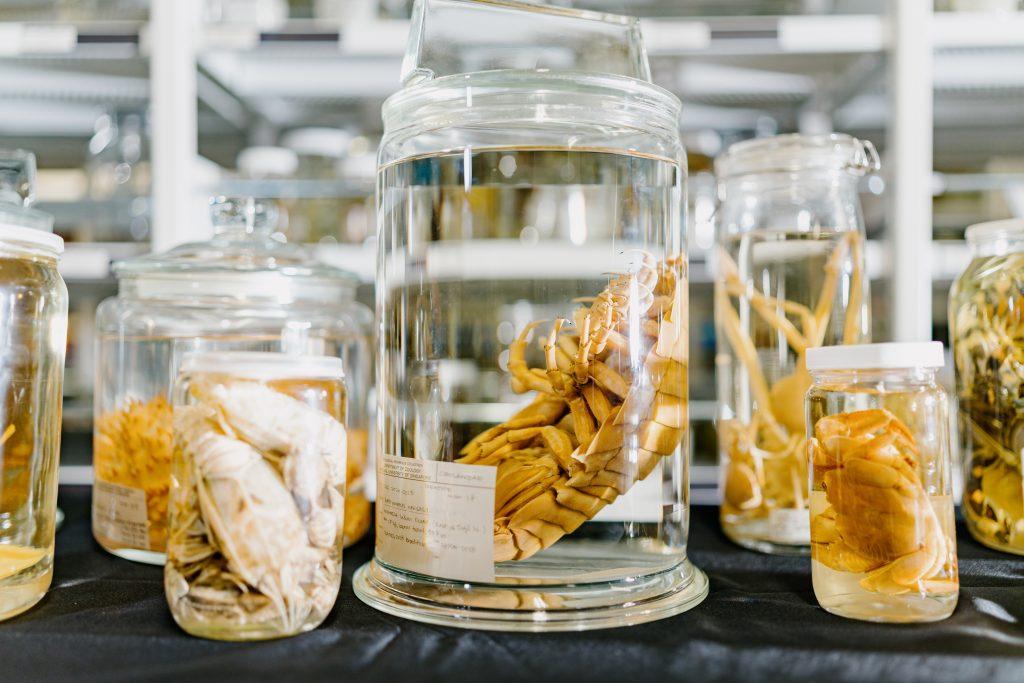Research //

The decapod crustacean collection of the LKCNHM is outstanding and is the best in the region. In Asia, it is rivalled perhaps only by the National Museum of Japan, and the Zoological Survey of India (ex Indian Museum).
Its collection of prawns and crabs in particular is unrivalled in the region. This has been due mainly the the herculean efforts of M. W. F. Tweedie in the 1950s and 1960s, and D. S. Johnson and R. Serene in the 1960s and 1970s. These men made extensive collections in the region from mountains to the deep sea. The material on which they based many of the important papers they have published over the years are mostly in the LKCNHM. The extensive and important marine prawn collection of D. Hall is also in the collection.
In the 1980s and 1990s, staff from the LKCNHM and systematic laboratory of P. Ng have followed on their footsteps and acquired further collections through collections, exchanges and gifts. Today, the LKCNHM has large collections from Thailand, Taiwan, China and Japan, as well as many parts of the Pacific.
Exchange programs with the Smithsonian Institution for example, have helped the LKCNHM obtain rare and taxonomically important groups like deepwater bythograeids and homolids. At the last count in 1996, the LKCNHM has over 22,000 specimens of some 1,200 species, including 8,500 prawns representing 200 species and 700 stomatopods representing over 60 species. The crustacean collection of the LKCNHM has also played important roles in applied biology, including the study of poisonous crabs.